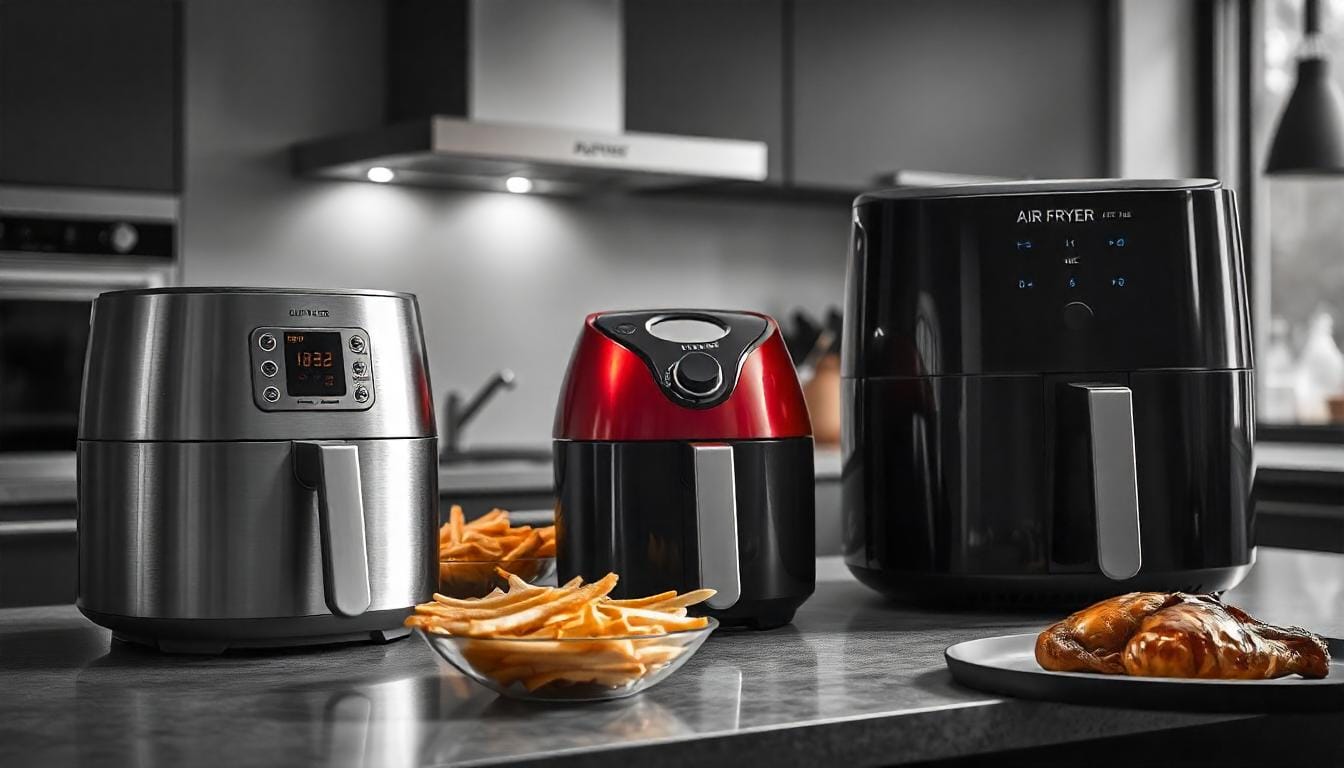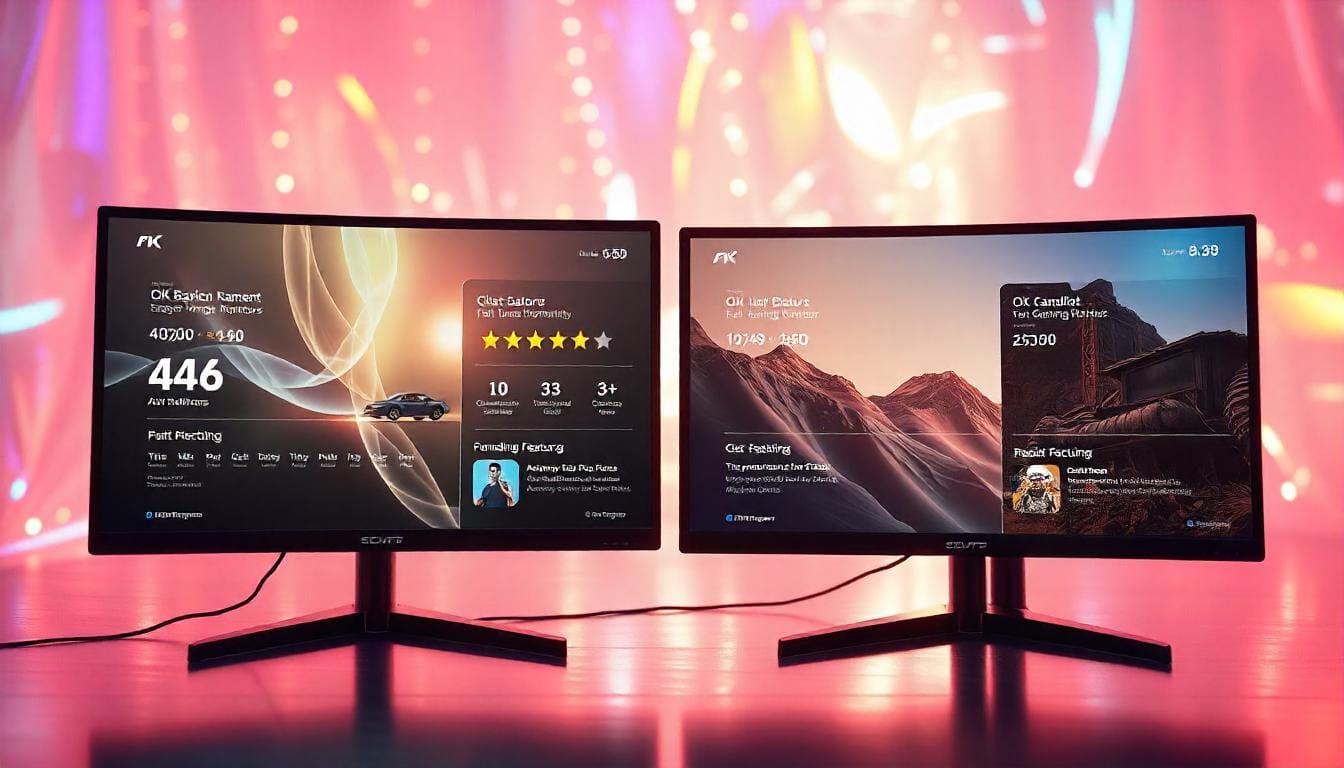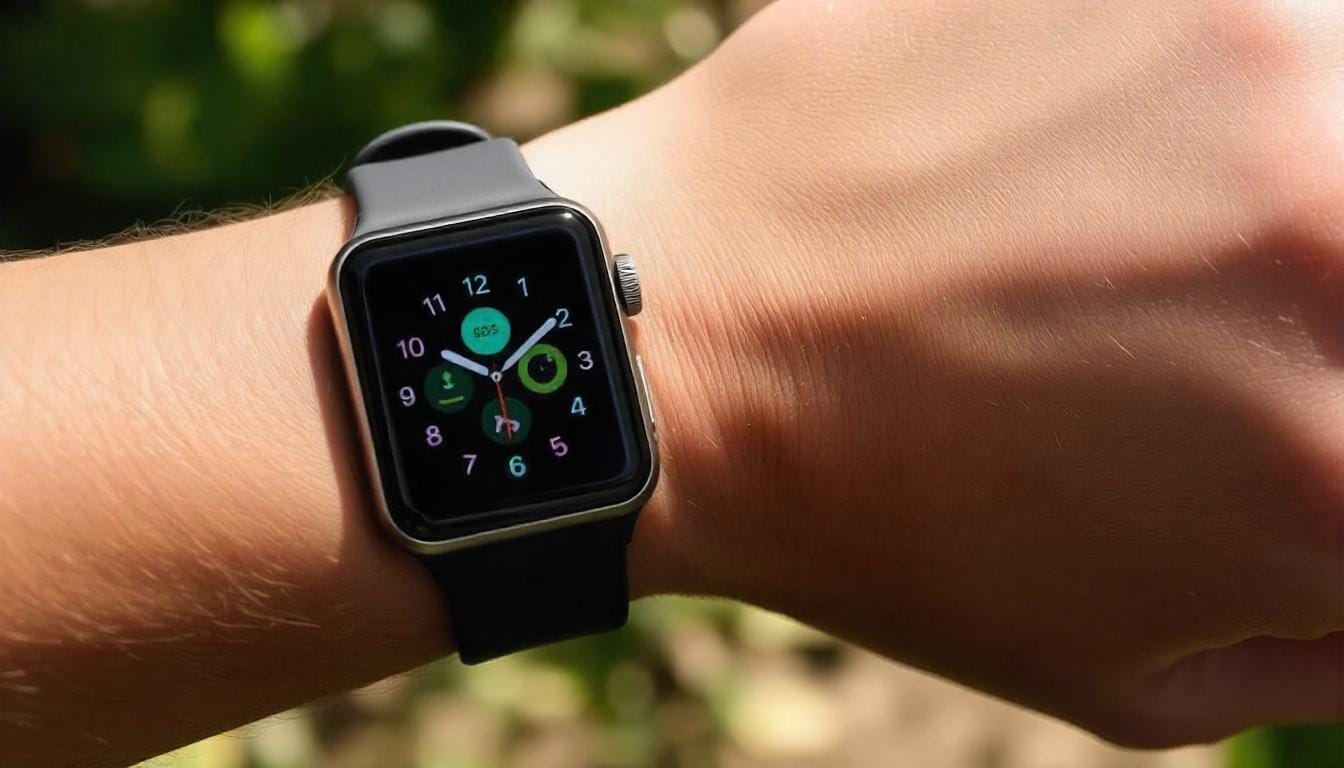Tesla Model 3 vs. Model Y: Key Differences in Design and Space
When deciding between the Tesla Model 3 and the Model Y, understanding their key design differences and the space they offer is essential. These two models cater to different lifestyles and preferences, making it crucial to assess what fits your needs best.

Exterior Design
Both the Model 3 and Model Y embody Tesla’s sleek, minimalist aesthetic, but they manifest it differently.
- Tesla Model 3: This sedan features a lower profile, giving it a sporty appearance. Its aerodynamic design contributes to efficiency, reducing drag for impressive performance.
- Tesla Model Y: Positioned as a compact SUV, the Model Y sports a taller stance with a higher roofline. This design not only enhances its visual appeal but also improves interior space and headroom.
Interior Space
Interior design directly impacts comfort and usability. Here’s a breakdown:
| Feature | Model 3 | Model Y |
|---|---|---|
| Passenger Capacity | 5 seats | 5 to 7 seats |
| Cargo Space | 425 liters (15 cu ft) | 1,869 liters (66 cu ft) with seats down |
| Headroom | Front: 38.3 in Rear: 37.7 in | Front: 41.0 in Rear: 39.4 in |
The Model Y offers a more spacious experience, ideal for families or individuals requiring more cargo space. The versatility of the Model Y allows for up to seven passengers with an optional third row, making road trips more enjoyable for larger groups.
Storage Solutions
When it comes to practicality, the differences in storage solutions can influence your choice:
- Frunk: Both models feature a front trunk (frunk), but the Model Y’s larger frame allows for more storage capacity.
- Rear Space: The Model 3 has a traditional sedan trunk, while the Model Y provides a hatchback design, making loading and unloading easier.
Driving Experience
Your driving experience can also be impacted by the design and space considerations:
- Model 3: The sedan offers a sportier driving experience with precise handling and a lower center of gravity, catering to those who enjoy an agile ride.
- Model Y: Although it shares the same platform as the Model 3, the Model Y provides a slightly different experience with its elevated position and accommodating cabin, making it more suitable for a variety of terrains.
Price Point
Both models come with different price points that can affect your decision:
| Model | Starting Price |
|---|---|
| Model 3 | $39,990 |
| Model Y | $52,990 |
While the Model 3 is more budget-friendly, the Model Y justifies its higher price with additional space and versatility. If you’re seeking a value-driven option for personal use, the Model 3 stands out, but if your lifestyle calls for flexibility and more capacity, the Model Y may be worth the investment.
Final Thoughts
The choice between the Tesla Model 3 vs. Model Y boils down to your unique lifestyle needs. If you need a sporty sedan, choose the Model 3. However, if space and family versatility are priorities, the Model Y could be the better fit. Consider visiting Tesla’s official site for Model 3 and Tesla’s official site for Model Y for more detailed specifications and features.
Performance Comparison: Acceleration and Handling of Both Models

The Tesla Model 3 and Model Y are two of the brand’s most popular electric vehicles, both known for their impressive performance. Here, we compare their acceleration and handling to help you decide which one fits your lifestyle better.
Acceleration: A Side-by-Side Look
Acceleration metrics reveal a lot about how quickly and powerfully a car can move when you step on the accelerator. Both the Model 3 and Model Y boast impressive specs that keep them competitive in the electric vehicle market.
| Model | 0-60 mph (seconds) | Top Speed (mph) |
|---|---|---|
| Tesla Model 3 | 3.1 – 5.3 | 140 – 162 |
| Tesla Model Y | 3.5 – 4.8 | 135 – 155 |
The Tesla Model 3 has a slightly faster acceleration across its various trims. The Performance variant can accelerate from 0 to 60 mph in just 3.1 seconds, making it one of the quickest electric sedans available. Meanwhile, the Tesla Model Y performs admirably as well, with the Performance version reaching 0 to 60 mph in 3.5 seconds, which is still impressive for a compact SUV.
Handling: Navigating the Roads
Handling is another crucial factor that affects your driving experience. The way a car reacts to your steering input can make all the difference on twisting roads or in tight parking spots.
- Tesla Model 3: Its lower center of gravity contributes to nimble handling. The Model 3’s design emphasizes agility, allowing for sharp turns and quicker lane changes.
- Tesla Model Y: As a crossover SUV, it has a slightly higher center of gravity. While it still handles well, you may notice some body roll compared to the Model 3, particularly during aggressive driving.
When driving around urban areas or on winding country roads, the Model 3 stands out for its responsiveness. It’s engineered for performance, promising a sportier feel. On the other hand, the Model Y offers a comfortable ride with practical handling characteristics, suitable for family trips and daily commutes.
What About Battery and Range Impact?
One should not ignore how acceleration and handling also relate to battery performance and range. When digging into numbers, it’s important to note that both models optimize battery output for efficiency and performance.
| Model | Estimated Range (miles) |
|---|---|
| Tesla Model 3 | 358 – 353 |
| Tesla Model Y | 330 – 326 |
The range on both models does vary based on the chosen trim. The Model 3 does slightly better in terms of range, which is vital if you are contemplating longer trips. However, the Model Y’s extra space offers a different type of practicality, especially for families.
Which One to Choose?
Your choice between the Tesla Model 3 and Model Y primarily depends on your lifestyle and driving needs. If you prioritize quick acceleration and sporty handling, the Model 3 will likely be your best bet. Conversely, if you need space for passengers and gear while sacrificing a bit of speed, the Model Y is an excellent choice.
Ultimately, both models deliver exceptional performance, so whether you lean towards the Model 3 or Model Y, you are assured of an enjoyable and engaging driving experience.
For more insights on Tesla vehicles and their performance, visit Tesla Model 3 and Tesla Model Y.
Tech Features: What Each Tesla Model Offers for the Modern Driver

The Tesla lineup is known for its innovation and cutting-edge technology, which can be overwhelming when choosing the right model. Let’s break down the tech features of each Tesla model available for the modern driver to help you decide which one fits your needs best.
Infotainment Systems
Both the Tesla Model 3 and Model Y come equipped with advanced infotainment systems. These systems feature:
- Large Touchscreen Display: A 15-inch touchscreen controls most vehicle functions.
- Over-the-Air Updates: Continuous software updates ensure you have the latest features and improvements.
- Navigation: Real-time traffic updates integrated with satellite imagery make navigation seamless.
Autopilot and Full Self-Driving Capability
One of Tesla’s most remarkable features is the Autopilot system. Here’s how it differs between the models:
| Feature | Model 3 | Model Y |
|---|---|---|
| Autopilot (Standard) | Included | Included |
| Full Self-Driving Option | $15,000 | $15,000 |
| Traffic Light Control | Yes | Yes |
| Auto Lane Change | Yes | Yes |
Both models support these features, allowing for increased convenience during drives. However, the Full Self-Driving option can be purchased for a roughly similar add-on price, though the capabilities are continually evolving.
Safety Features
Safety is a top priority for Tesla, and both the Model 3 and Model Y are packed with protective technology:
- Active Safety Features: Both models include automated emergency braking, collision warning, and lane departure avoidance.
- Structural Integrity: Each car is designed for optimal crash protection, contributing to high safety ratings from the NHTSA.
- Cameras and Sensors: They come with a wide array of cameras and sensors to monitor the surroundings effectively.
Connectivity and Convenience
The connectivity options are extensive in both models:
- Phone Key: Unlock your Tesla with your smartphone through Bluetooth, eliminating the need for a traditional key.
- Remote Access: Manage your car remotely via the Tesla app, which allows you to check vehicle stats, remotely start preconditioning, and more.
- Premium Connectivity: Access live traffic visualizations, satellite maps, and more with a subscription.
Space and Comfort Features
When it comes to comfort, both models have impressive features, yet they cater to different needs:
| Feature | Model 3 | Model Y |
|---|---|---|
| Seat Capacity | 5 | 5-7 (optional) |
| Cargo Space | Trunk + Frunk: 15 cu ft | Trunk + Frunk: 68 cu ft (with seats down) |
| Panoramic Glass Roof | Yes | Yes |
This distinction is crucial if you need more flexibility with space, especially for families or outdoor enthusiasts.
Charging and Range
The electric range is vital for modern drivers. Both models offer:
- Supercharging Network: Access to fast charging stations that can recharge the battery quickly, providing convenience on long trips.
- Range: Model 3 offers about 358 miles, while Model Y provides around 326 miles, making both suitable for daily drivers.
As you consider your options, think about how each vehicle’s technology aligns with your lifestyle. For more detailed comparisons and insights, you can explore Tesla’s official Model 3 page and Tesla’s official Model Y page. Understanding these tech features will help you make an informed choice that fits your everyday needs.
Pricing and Ownership Costs: Which Model Fits Your Budget?
When considering a Tesla, the Model 3 and Model Y often come up as the leading choices for potential buyers. Both models blend cutting-edge technology with sustainability, but they differ significantly in pricing and overall ownership costs. Understanding these differences can help you decide which one fits your budget better.
Pricing Overview
At first glance, the pricing between the Model 3 and Model Y can influence your decision heavily. Here’s a breakdown:
| Model | Starting Price | Top Trim Price |
|---|---|---|
| Tesla Model 3 | $39,990 | $56,990 |
| Tesla Model Y | $52,990 | $67,990 |
While the Model 3 starts at a lower price, the Model Y offers additional space and features which justify its higher starting price. If you live in an area where additional cargo space is essential for family activities or frequent road trips, the Model Y could be worth the extra investment.
Financing Options
Both models come with similar financing options through Tesla. You can choose loans, leasing, or even explore third-party finance solutions offered by credit unions and banks. However, the total interest paid on financing can differ based on the initial cost:
- Model 3: With a lower starting price, the financing amount would generally be less, making monthly payments potentially lower.
- Model Y: Higher initial costs can lead to higher monthly payments, but if you require the space, it may justify the expense.
Insurance Costs
Insurance premiums can vary widely between the two models due to safety ratings, repair costs, and overall value. Generally, here’s what you could expect:
| Model | Average Annual Insurance Cost |
|---|---|
| Tesla Model 3 | $1,300 |
| Tesla Model Y | $1,400 |
Although the difference in insurance costs isn’t significant, opting for the Model Y might slightly inflate your annual expenses. It’s essential to gather insurance quotes from multiple providers. Each policy can be affected by factors such as your driving history and location.
Maintenance and Repair Costs
Electric vehicles (EVs) like the Model 3 and Model Y generally have lower maintenance costs than traditional gas vehicles. However, differences do exist between the two:
- Model 3: With fewer moving parts and a simpler design, its maintenance costs can be lower.
- Model Y: Slightly more complex due to additional features can lead to marginally higher repair and maintenance costs.
Charging Costs
When it comes to EV ownership, understanding charging costs is crucial. Both models can use Tesla’s Supercharger network, but you may also want to consider home charging. Here’s how they compare:
- Charging Type: Level 2 home charging is typically the most cost-effective method.
- Cost Per Charge: Estimates suggest both models can cost about $5 to fully charge from home, depending on local electricity rates.
<
Regardless of whether you choose the Model 3 or Model Y, keeping track of your charging habits will help you manage monthly energy costs effectively.
Resale Value
Both Tesla models enjoy strong resale values. Factors influencing this include:
- Demand: High-demand EVs often retain value better.
- Battery Health: Tesla vehicles come with warranties that can mitigate depreciation risks.
As of 2023, both models tend to hold their value well, offering potential savings if you decide to sell or trade-in down the line. For a deeper look into Tesla’s resale values, check out Tesla’s official page.
Ultimately, the financial decision between the Model 3 and Model Y depends on your lifestyle, needs, and budget. Carefully consider each aspect mentioned to make an informed choice that aligns with your financial goals.
Lifestyle Suitability: Choosing Between Tesla Model 3 and Model Y for Your Needs
When considering electric vehicles, Tesla’s Model 3 and Model Y stand out as popular choices. But which one is the better fit for your lifestyle? To help you decide, let’s explore their key features and how they cater to different needs.
Performance and Driving Experience
The driving experience plays a crucial role when selecting a vehicle. Both the Tesla Model 3 and Model Y offer impressive performance, but they cater to slightly different drivers.
- Tesla Model 3: This sedan is designed for speed and agility. With instant torque and a low center of gravity, it offers a sporty feel that appeals to enthusiasts. It can go from 0 to 60 mph in as little as 3.1 seconds in the Performance variant.
- Tesla Model Y: Built on the same platform as the Model 3, the Model Y incorporates the same dual motor all-wheel drive setup but comes with a slightly higher ride height. This model emphasizes a smooth ride, ideal for families or those needing space without sacrificing performance.
Space and Comfort
Choosing between the two boils down to your lifestyle and space requirements. Both models offer seating for five passengers, but their cargo capacities differ.
| Feature | Tesla Model 3 | Tesla Model Y |
|---|---|---|
| Cargo Space | 15 cubic feet | 68 cubic feet (with rear seats down) |
| Passenger Space | Comfortable with a sedan feel | Roomy, SUV-like experience |
If you frequently travel with gear or kids, the Model Y’s larger cargo space and flexible seating arrangements make it an excellent choice.
Range and Charging
Range is a hot topic for electric vehicle owners. How far can you drive before needing a charge? Here’s how the Model 3 and Model Y stack up:
- Tesla Model 3: Offers an impressive range of approximately 358 miles on a single charge, making it perfect for longer commutes and road trips.
- Tesla Model Y: Slightly less range, at around 330 miles, but still provides ample distance for daily use and weekend getaways.
Both models benefit from Tesla’s robust Supercharging network, making charging both quick and convenient on your travels.
Climate Considerations
Your region’s climate can impact your choice between these two models. The Model 3 is built with a sleek design that may be more suitable for urban driving and milder climates. In contrast, the Model Y’s SUV structure offers better visibility and stability in rugged terrains and poorer weather conditions.
Technology and Features
Both vehicles showcase Tesla’s renowned technology and features, but there are slight differences:
- Infotainment: Both models come with a large central touchscreen interface, but the Model Y offers an enhanced sound system option for a premium audio experience.
- Autopilot: Both models come with standard Autopilot features, but you can upgrade for full self-driving capabilities, enhancing safety and driving ease.
Pricing and Value
Pricing can also affect your decision-making process:
| Model | Starting Price |
|---|---|
| Tesla Model 3 | $41,990 |
| Tesla Model Y | $54,990 |
The Model 3 is generally more budget-friendly, making it an attractive option for first-time EV buyers.
Ultimately, your choice between the Tesla Model 3 and Model Y will depend on your unique lifestyle needs. If you prioritize sporty performance and efficiency, the Model 3 may fit better. Conversely, if space and versatility are key, you might find that the Model Y checks all the boxes. Consider test-driving both models to see which matches your lifestyle the best.
For more details on Tesla’s offerings, visit the official Tesla website.
Each driver’s needs are different, so take the time to evaluate what matters most to you in a vehicle. Your choice of a Tesla can redefine your daily commute and weekend adventures alike.
Key Takeaway:
When considering the “Tesla Model 3 vs. Model Y: Which One Fits Your Lifestyle?”, it’s essential to delve into several key aspects that may heavily influence your decision.
Firstly, the design and space of each model play a vital role. The Tesla Model 3, acclaimed for its sleek and compact design, is ideal for urban driving and easy parking. It comfortably seats five and offers adequate trunk space for daily errands. On the other hand, the Model Y is a compact SUV that provides more headroom and cargo space, making it a suitable option for families or those needing extra room. If your lifestyle involves frequent outings or trips with more passengers, the Model Y’s larger design could be more appealing.
Next up is performance. When it comes to acceleration, both models are impressive, but they cater to different preferences. The Model 3 is more agile, delivering a sporty driving experience that appeals to enthusiasts. Conversely, the Model Y maintains a robust acceleration while providing the stability of an SUV, which might appeal to drivers who want a balanced ride without sacrificing performance.
Tech features are another important consideration. Both vehicles are equipped with cutting-edge technology designed for the modern driver. The infotainment systems are intuitive, with capabilities for navigation, music streaming, and over-the-air updates. However, the Model Y might offer a slight edge with various SUV-specific features, such as enhanced visibility and possibly future updates that cater to family functionality.
Pricing and ownership costs also significantly influence the decision. The Model 3 generally starts at a lower price point, making it an attractive option for budget-minded consumers. In contrast, the Model Y, while more expensive upfront, may offer savings through its versatility and cargo capabilities, especially for families or adventurous setups.
Ultimately, your lifestyle will largely dictate the best choice between these two models. If you prioritize a sporty, compact car for solo commutes or short trips, the Model 3 likely fits your needs more closely. However, if family activities, road trips, and versatility are high on your list, then the Model Y is the better choice for you. Understanding these key aspects helps you align your choice with your personal requirements, leading to greater satisfaction with your Tesla ownership experience.
Conclusion
Selecting between the Tesla Model 3 and Model Y requires a thoughtful consideration of your personal lifestyle and preferences. The design and space of each model play a crucial role—while the Model 3 offers a sleek sedan appearance with a focus on aerodynamics, the Model Y provides the practicality of an SUV with more room for passengers and cargo. If you prioritize interior space and versatility, the Model Y may meet your needs better.
When it comes to performance, both Tesla models exhibit impressive acceleration and agile handling, yet they cater to different driving styles. The Model 3 provides a sportier experience that many driving enthusiasts cherish, while the Model Y balances performance with a more relaxed ride, ideal for families or those who seek comfort on the road.
Tech features are another significant factor. Both models boast state-of-the-art technology, but the Model Y’s larger screen and additional features may appeal more to tech-savvy drivers. Pricing and ownership costs will ultimately have the final say in your decision, as the Model 3 typically carries a lower price tag, making it a more budget-friendly option.
Consider your lifestyle suitability. Whether you need the compact efficiency of the Model 3 for city driving or the spaciousness and versatility of the Model Y for family adventures, your unique needs should guide your choice. By weighing these factors, you can confidently decide which Tesla model fits seamlessly into your life, offering you not just a vehicle, but a driving experience tailored to you.






































